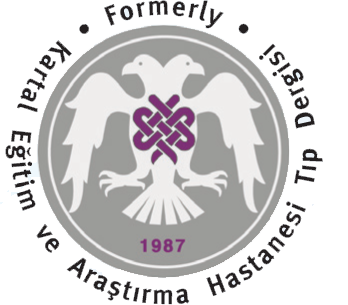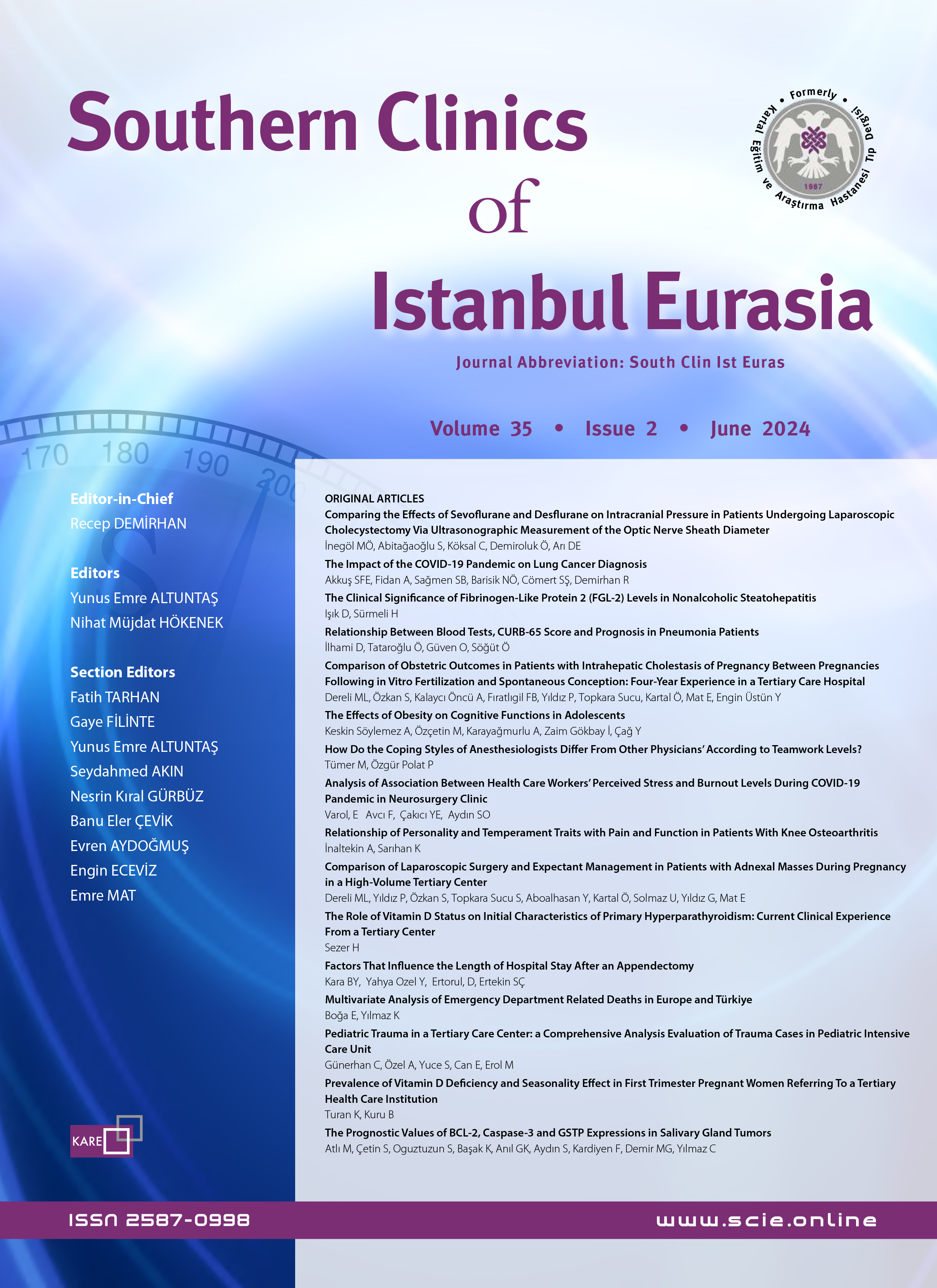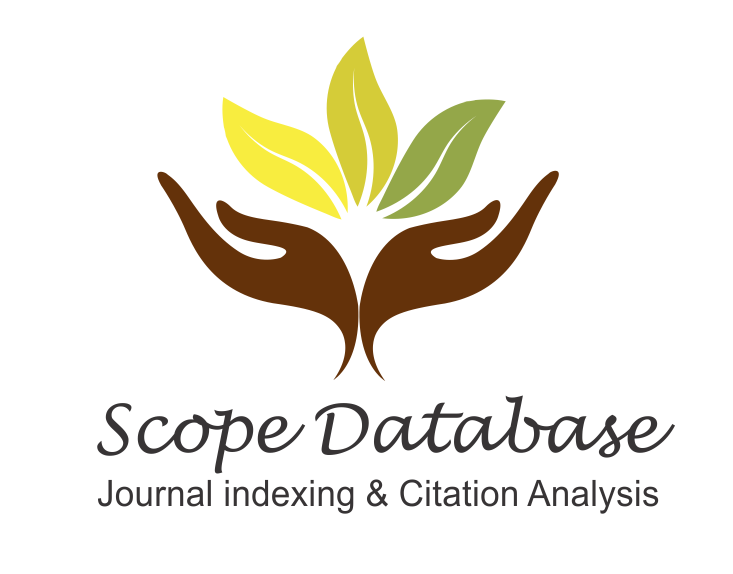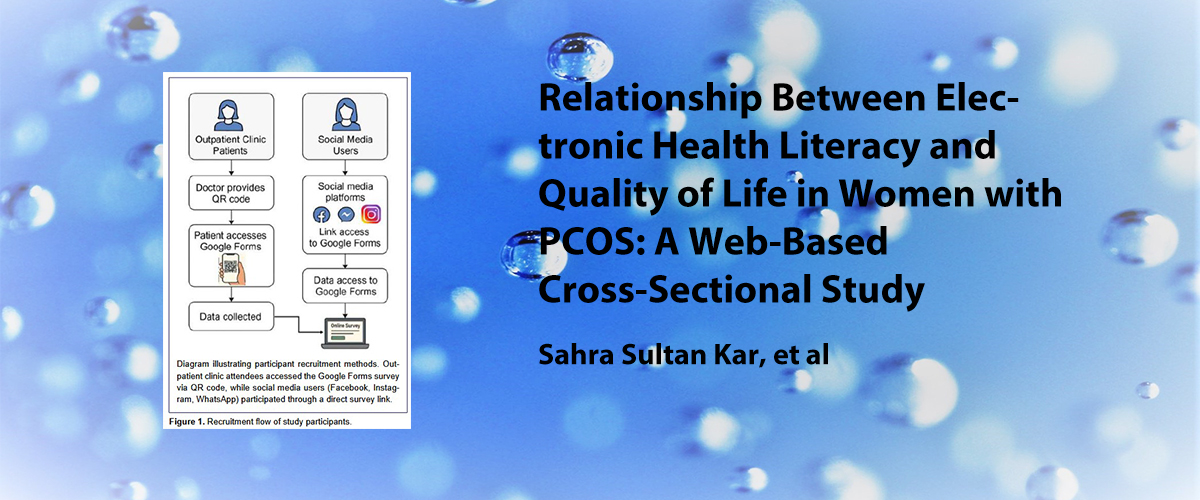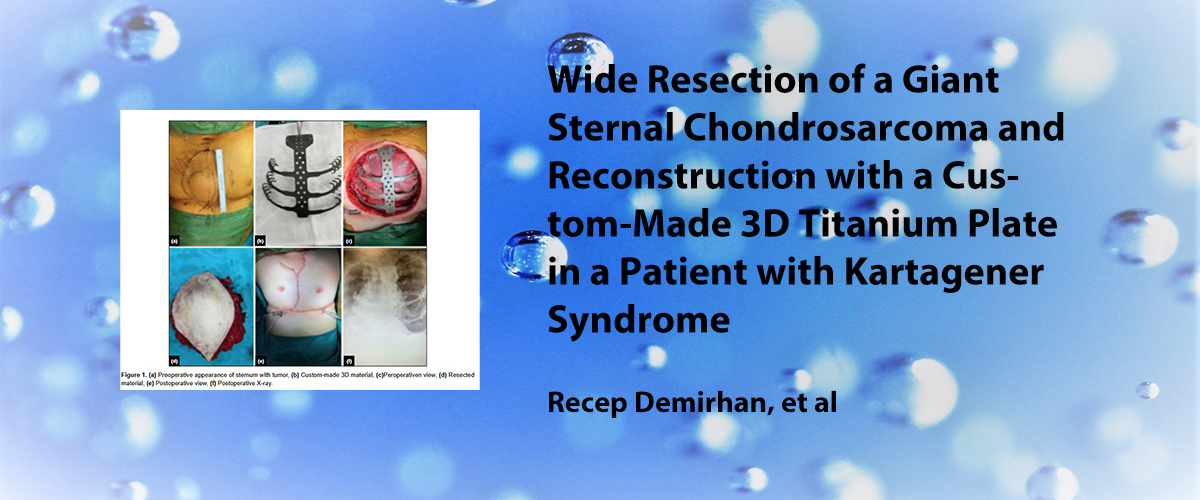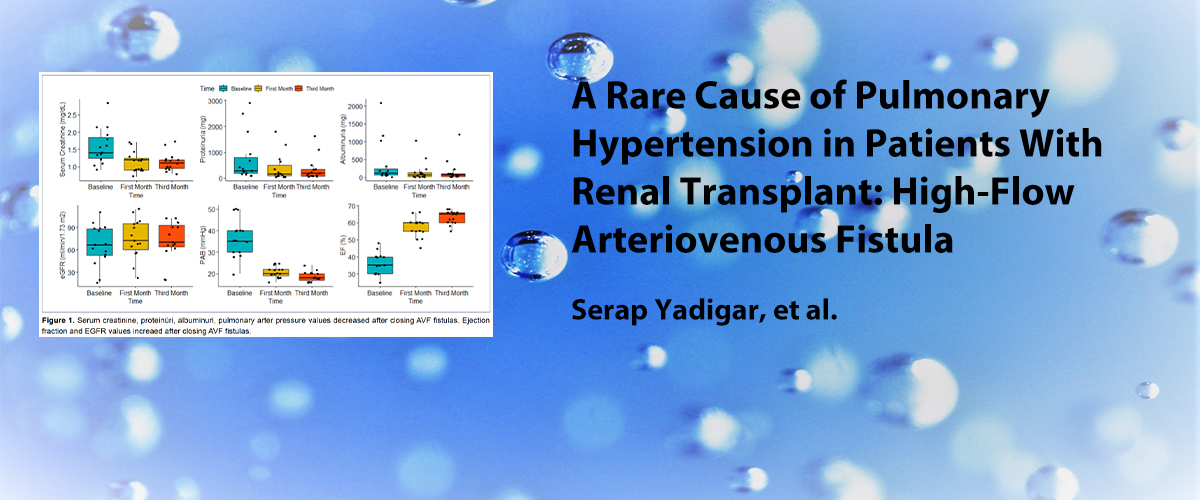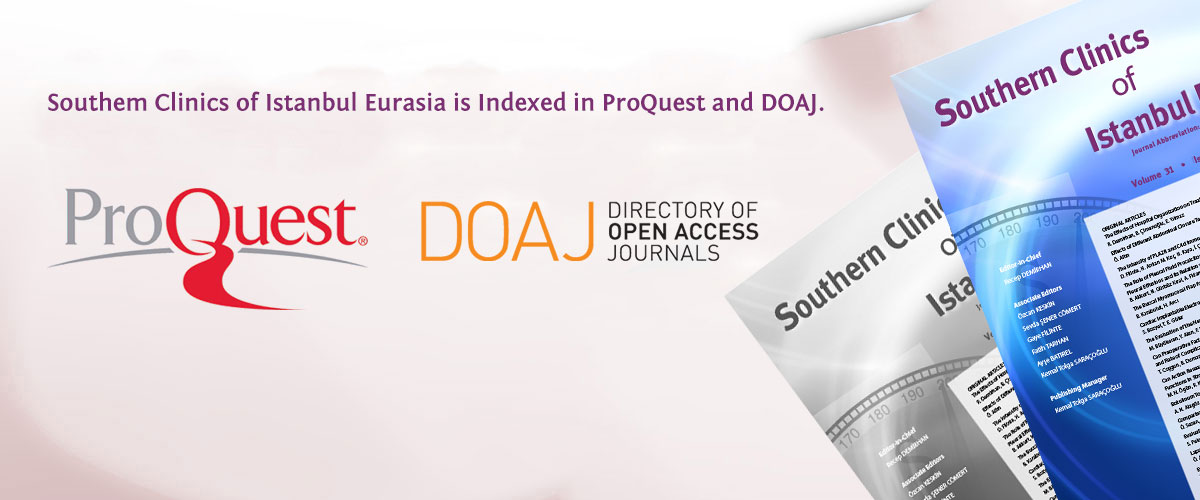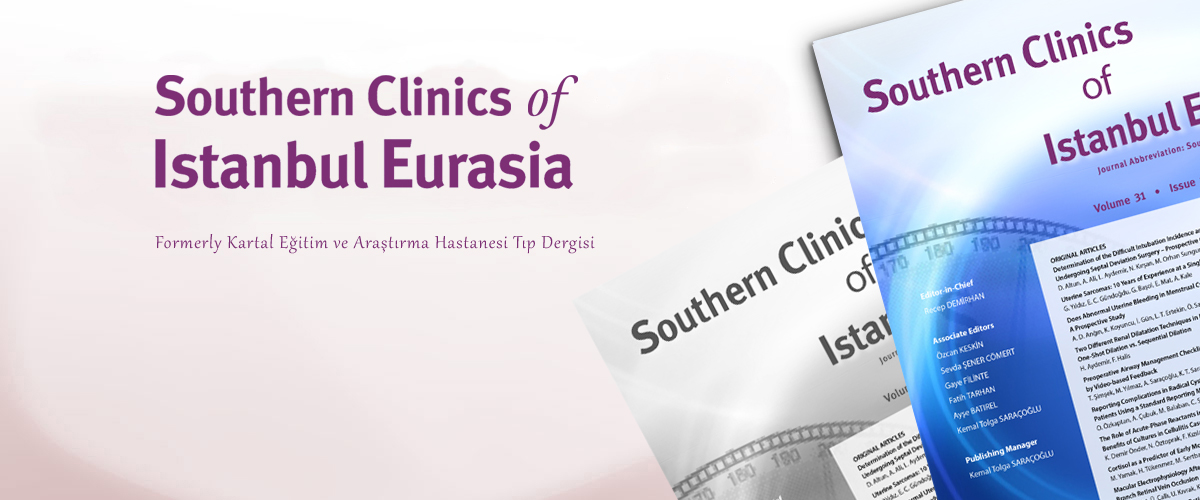ISSN : 2587-0998
Soliter pulmoner nodül ile seyreden herediter multipl ekzostoz olgusu
Coşkun Doğan, Sevda Şener Cömert, Nesrin Kıral, Serap Diktaş, Banu Salepçi, Benan ÇağlayanDr. Lütfi Kırdar Kartal Eğitim ve Araştırma Hastanesi, Göğüs Hastalıkları Kliniği, İstanbulHerediter multipl ekzostoz (HME), uzun kemiklerin jukstaepifizer bölgesinden köken alan ekzostozlarla karakterize, otozomal dominant geçişli bir sendromdur. Temel defekt bozulmuş enkondral kemik oluşumu ve enkondral kemikleşmenin olduğu jukstaepifizer bölgelerde çok sayıda benign kemik aşırı büyümesidir (ekzostoz veya osteokondrom). İnsidansı 1/50.000dir. Klinik olarak asıl yakınma eklem yakınında tek veya çok sayıda sert, ağrısız kitlelerin varlığıdır. Bu osteokondromlar büyümede geriliğe, ağrılı lokal semptomlara, damar, tendon, sinir basılarına, eklem hareketlerinde kısıtlılığa ve nörolojik bulgulara da neden olabilir. Burada göğüs ağrısı şikayeti ile göğüs hastalıkları polikliniğine başvuran ve akciğer grafisinde soliter pulmoner nodül tespit edilen HME tanısı olan hasta, soliter pulmoner nodülün ayırıcı tanısında nadir görülen bir neden olarak sunuldu.
Anahtar Kelimeler: Herediter multipl ekzostoz, göğüs ağrısı, soliter pulmoner nodül
A case of hereditary multiple exostosis presenting as solitary pulmonary nodule
Coşkun Doğan, Sevda Şener Cömert, Nesrin Kıral, Serap Diktaş, Banu Salepçi, Benan ÇağlayanDr. Lütfi Kırdar Kartal Training and Research Hospital, Department of Pulmonary Diseases, Istanbul, TurkeyHereditary multiple exocytosis (HME) is a syndrome characterized by exocytosis bulging from the juxtaepiphyseal part of long bones and is inherited through an autosomal dominant mode. The basic defect is impaired endochondral bone growth and multiple benign bone overgrowths (exostose or osteochondroma) at the juxtaepiphyseal regions where endochondral ossification takes place. The incidence is 1/50.000. Clinically, the main complaint is the presence of single or multiple, firm, painless masses near the joints. These osteochondromas may also cause growth retardation, painful local symptoms, compression of the blood vessels, nerves and tendons, limitation of joint movements and neurological symptoms. This HME case was admitted to our clinic with the complaint of chest pain and in his chest X-ray solitary pulmonary nodule was observed. The case was presented because of its rarity in the differential diagnosis of solitary pulmonary nodule.
Keywords: Hereditary multiple exocytoses, chest pain, solitary pulmonary nodule
Makale Dili: Türkçe

